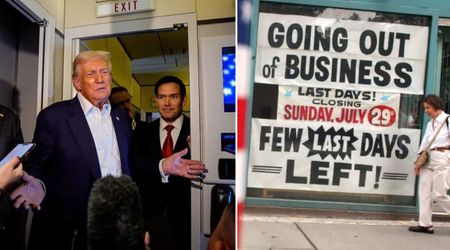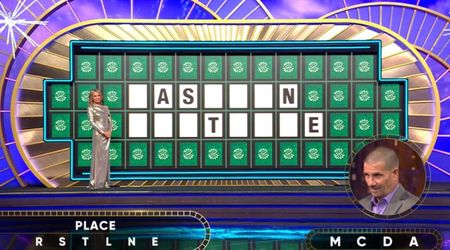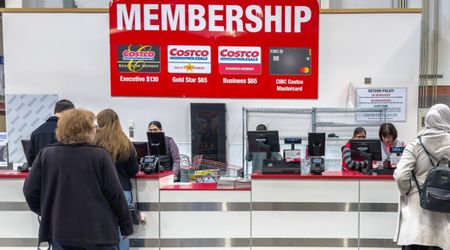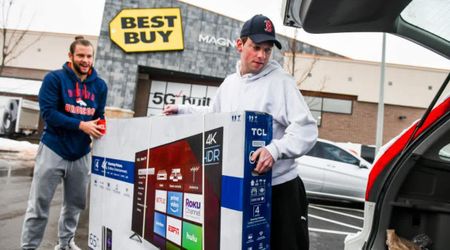Remember Kevin's grocery shopping spree in '90s 'Home Alone'? Here's how much that'll cost today

Everyone remembers the iconic "Home Alone" franchise from the 90s and as kids, most of us dreamt of taking on burglars with traps, buying groceries, and having a party with as many snacks as we can get. All of us thought we'd be able to afford a holiday feast without worrying about expenses once we grow up and start earning. But times have changed, and in a fascinating exploration of the impact of inflation and economic shifts, a TikTok video comparing the cost of groceries from the beloved 1990 holiday film with the present day has ignited discussions on the affordability of everyday items.

Kevin's grocery cart: Then and now
Geoffrey Lyons, the creator behind the viral video, delves into the iconic grocery shopping trip of 8-year-old Kevin McCallister, portrayed by Macaulay Culkin, and breaks down the costs involved. The video, garnering 5.5 million views, highlights the stark contrast between the prices of goods in 1990 and the current year, particularly focusing on a Target store as the modern shopping destination.
Lyons points at Kevin's original grocery bill of about $20, which included items like a half-gallon of milk, half a gallon of orange juice, TV dinner, a loaf of "Wonderbread," frozen mac and cheese, liquid detergent, saran wrap, a bag of toy soldiers, "Snuggle" brand dryer sheets, and toilet paper. He then reveals that all of that would now cost approximately $70, a calculation that reveals a staggering increase of about 250%, shedding light on the financial challenges that consumers face today.

The inflation factor: Exploring economic realities
Examining the inflation factor, the Bureau of Labor Statistics' inflation calculator further emphasizes the economic realities. It notes that $1 in January 1990 held the same purchasing power as $2.35 in January 2024. This insight into the tangible effects of inflation resonates with over half of respondents in a recent survey expressing concerns about the worsening economy, as reported by The National Desk.
Despite a majority of working Americans reporting increased earnings compared to the previous year, a Bankrate survey adds another layer by revealing that while wages have gone up, more than half of respondents believe their salary hike isn't keeping up with inflation. Bankrate Analyst Sarah Foster highlights a 16% surge in prices since early 2021, emphasizing the 3% wage lag, reflecting the challenges many face in meeting the rising cost of living.
@thegeoffreylyons Groceries in 1990 vs Today Breakdown ☠️ #fyp #homealone #rockwalltx #geoffreylyons #lyonsden #northtexas #dallastx #dallasrealestate #dfw #dfwrealtor ♬ original sound - thegeoffreylyons
In conclusion, this viral TikTok video serves as a relatable and engaging lens through which individuals can grasp the tangible effects of inflation on their everyday lives as well as the cost of living. The comparison of Kevin McCallister's 1990 grocery bill to today not only sparks nostalgia but also prompts a broader conversation about economic shifts and the ongoing challenges of maintaining financial stability in the face of rising prices.
Follow @sellitlikelyons for more interesting content.
Editor's note: This article was originally published on January 6, 2024. It has since been updated.























